Space is tough, but so are the tiny microbes that inhabit human bodies. According to a new study, some of these microbes that are crucial to human health, like Bacillus subtilis, are proving to be strong enough to make it to Mars and back.
For…
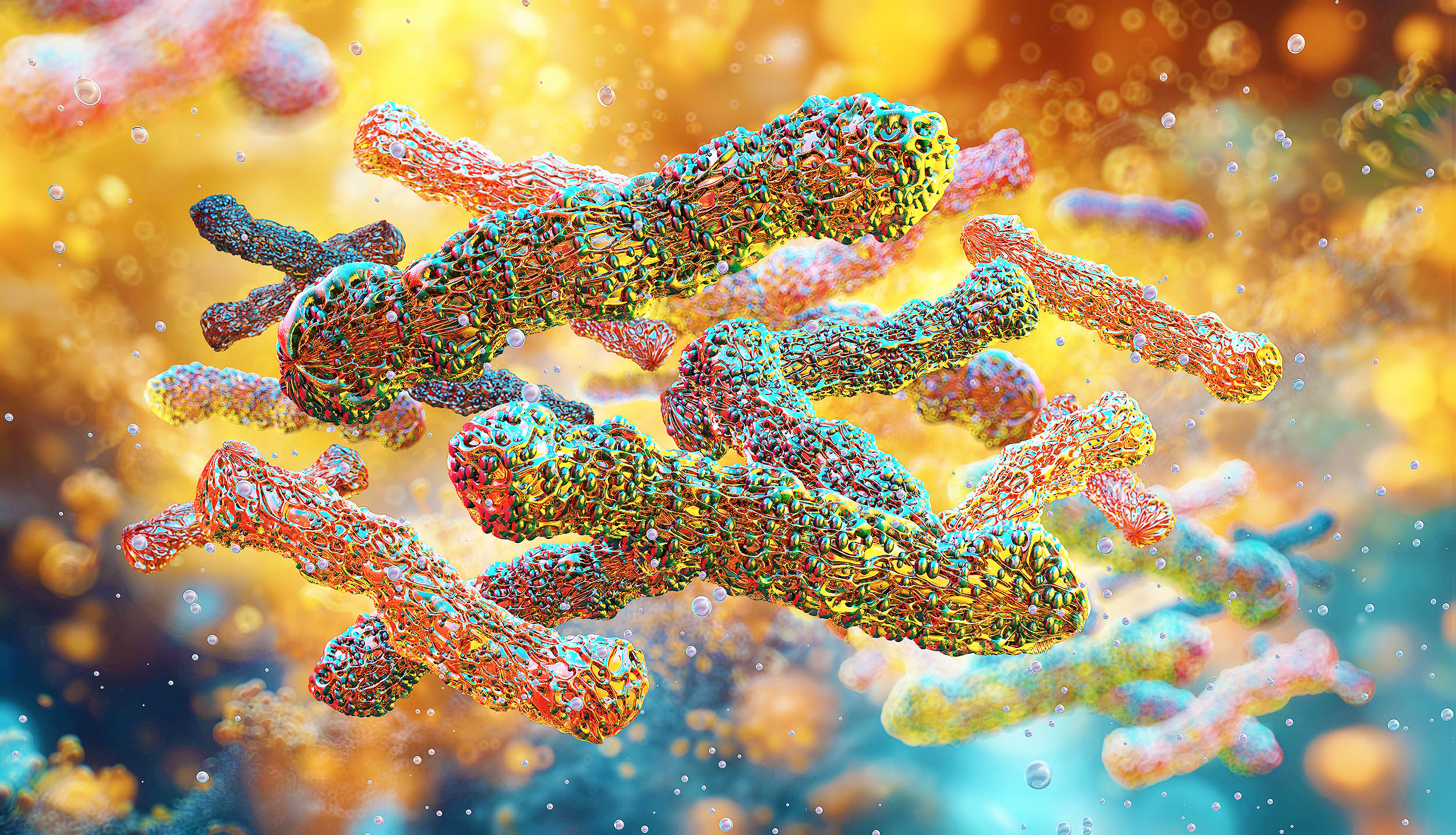
Space is tough, but so are the tiny microbes that inhabit human bodies. According to a new study, some of these microbes that are crucial to human health, like Bacillus subtilis, are proving to be strong enough to make it to Mars and back.
For…
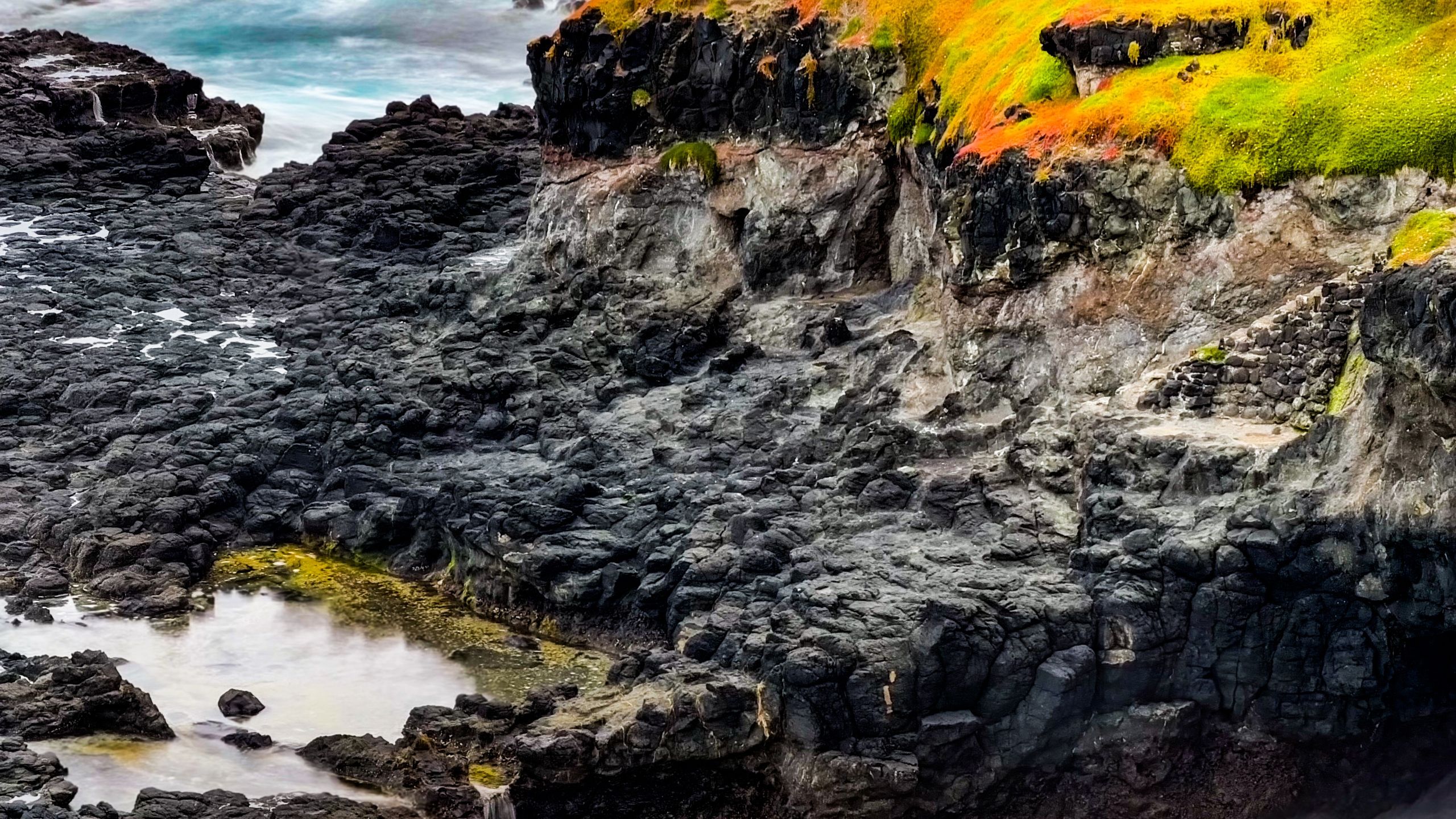
Earth may respond to the huge quantities of carbon dioxide (CO2) that humans are pumping into the atmosphere by “overcorrecting” the imbalance, which could result in the next ice age arriving on time instead of being delayed by tens of thousands…
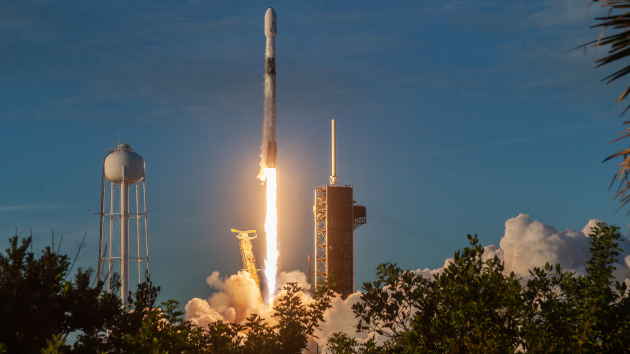
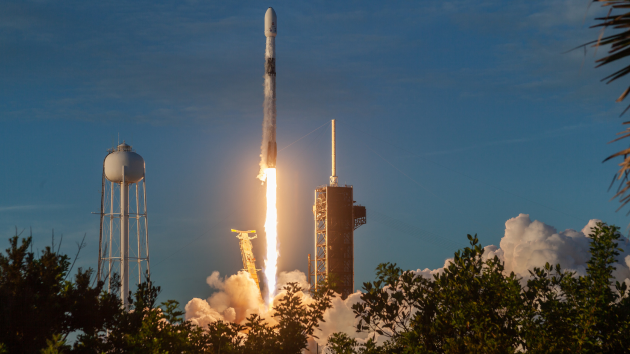
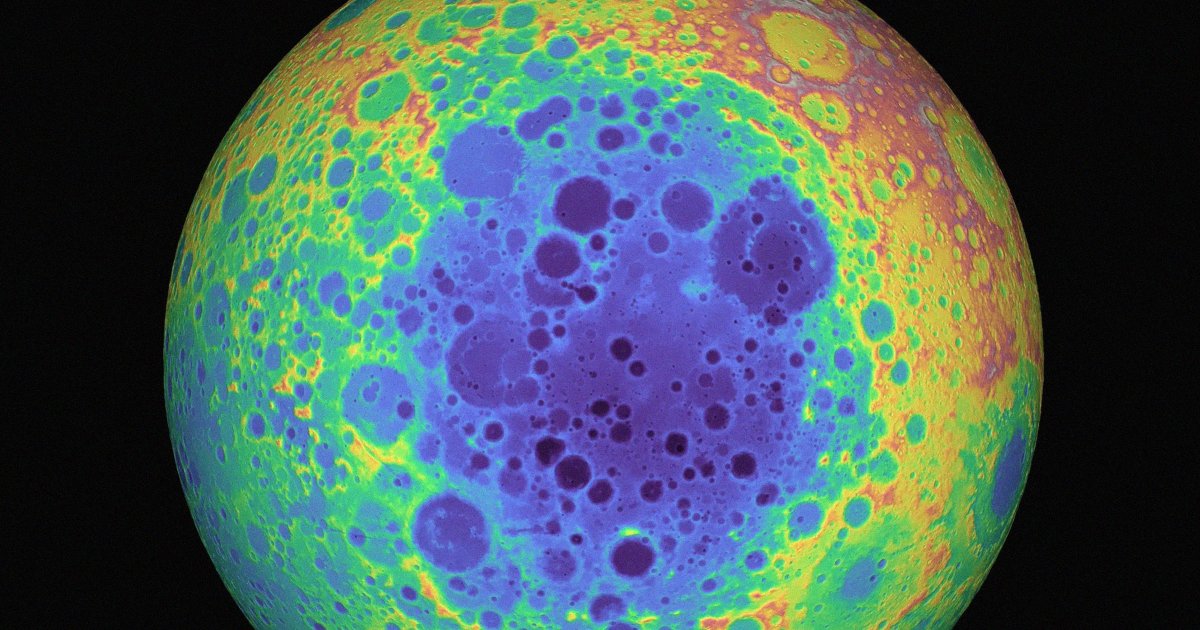
Scientists have found that we may have been wrong about how the Moon’s largest crater, the South Pole-Aitken (SPA) basin, formed roughly 4.3 billion years ago.
As detailed in a new paper published in the journal Nature, the more than…
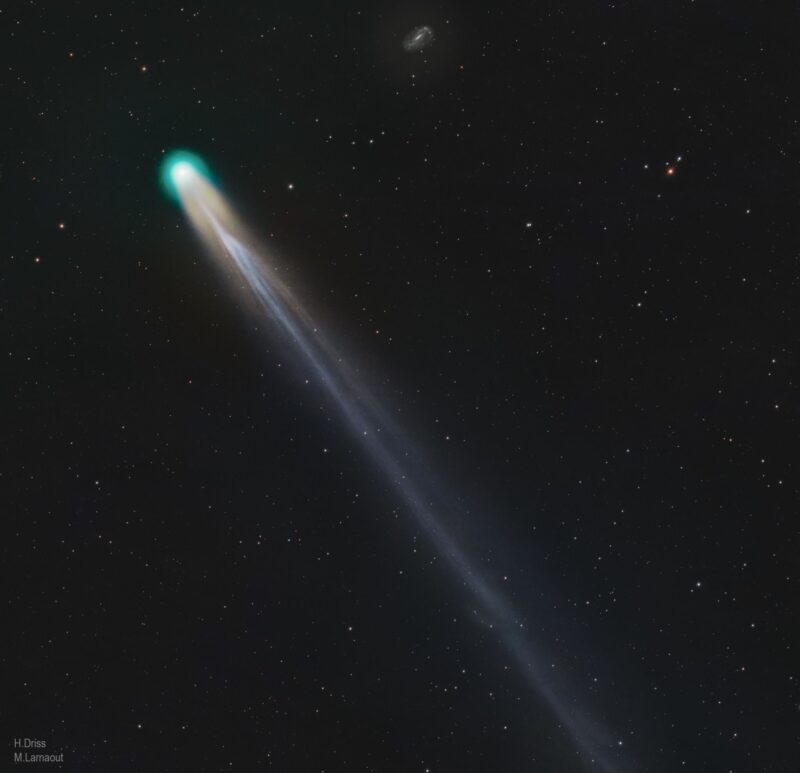
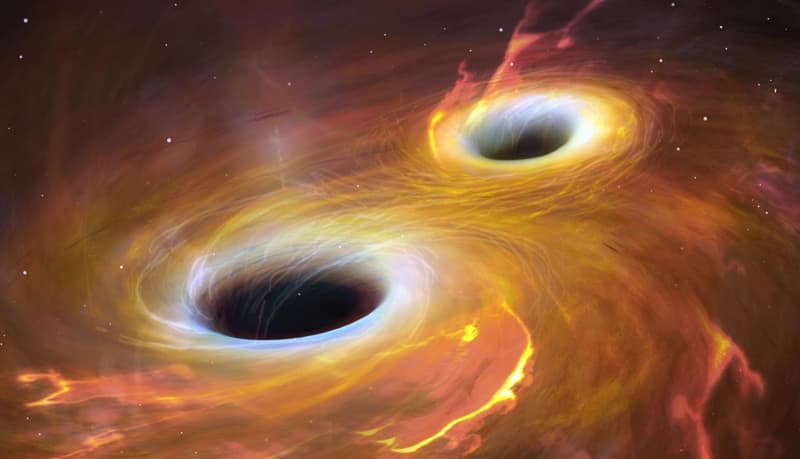
Astronomers had long suspected that certain quasars—those brilliant, otherworldly light sources fueled by supermassive black holes—could harbor two black holes rather than one. That theory, long considered speculative, finally has been…

Carnegie Mellon University Associate Professor Sufei Shi has been selected by the Gordon and Betty Moore Foundation to join its 2025 cohort of Experimental Physics Investigators. The programme will award him $1.3 million over five…
This request seems a bit unusual, so we need to confirm that you’re human. Please press and hold the button until it turns completely green. Thank you for your cooperation!
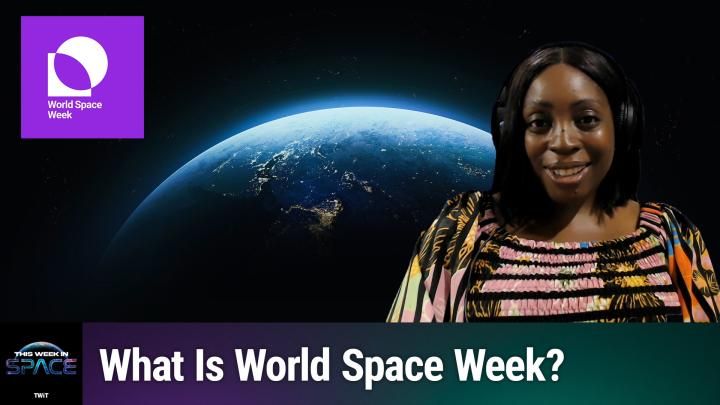
Watch On
On Episode 181 of This Week In Space, Rod Pyle and Tariq Malik are joined by Alma Okpalefe, World Space Week Association’s executive director, to discuss…